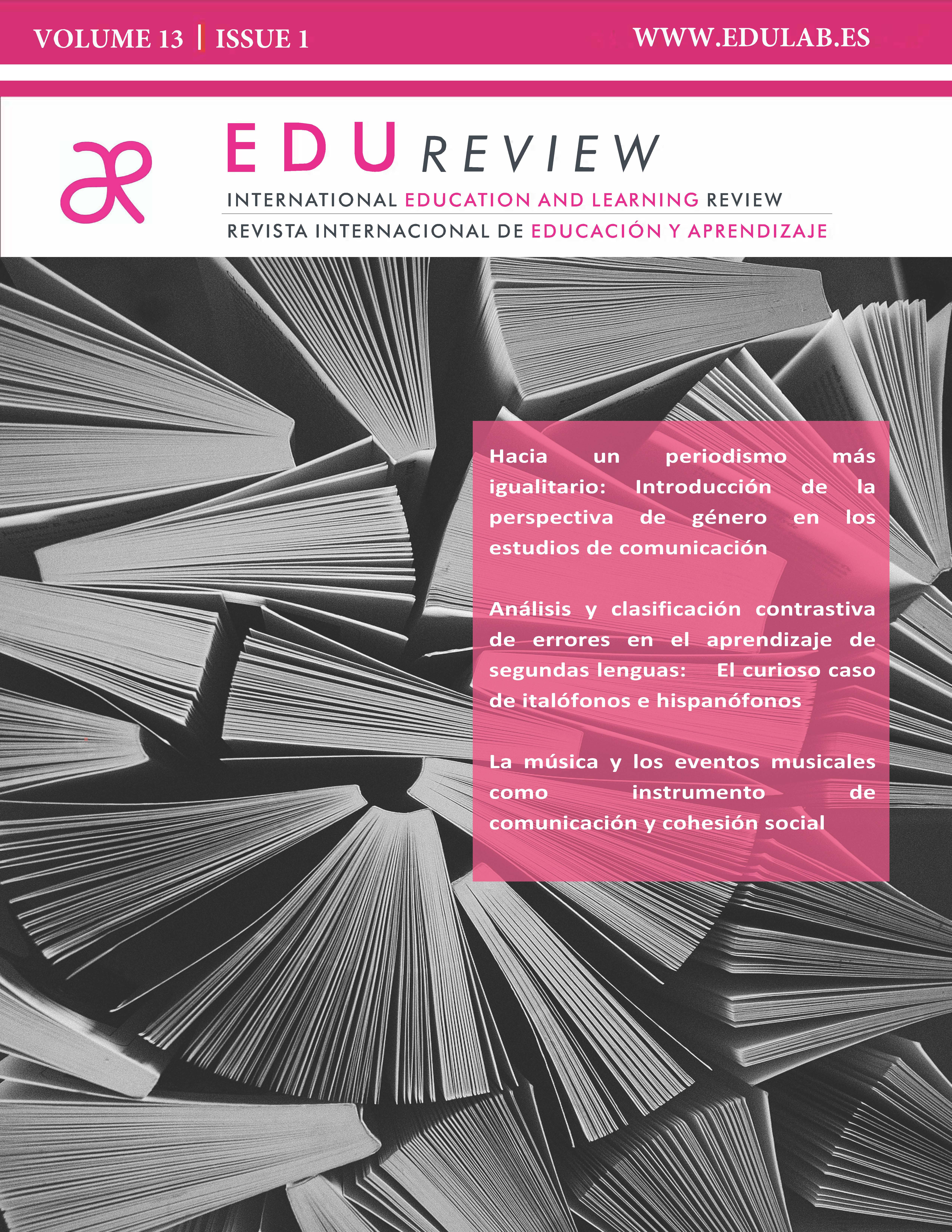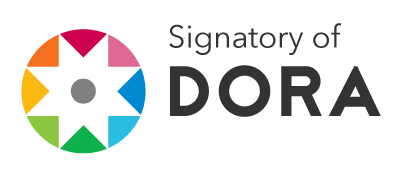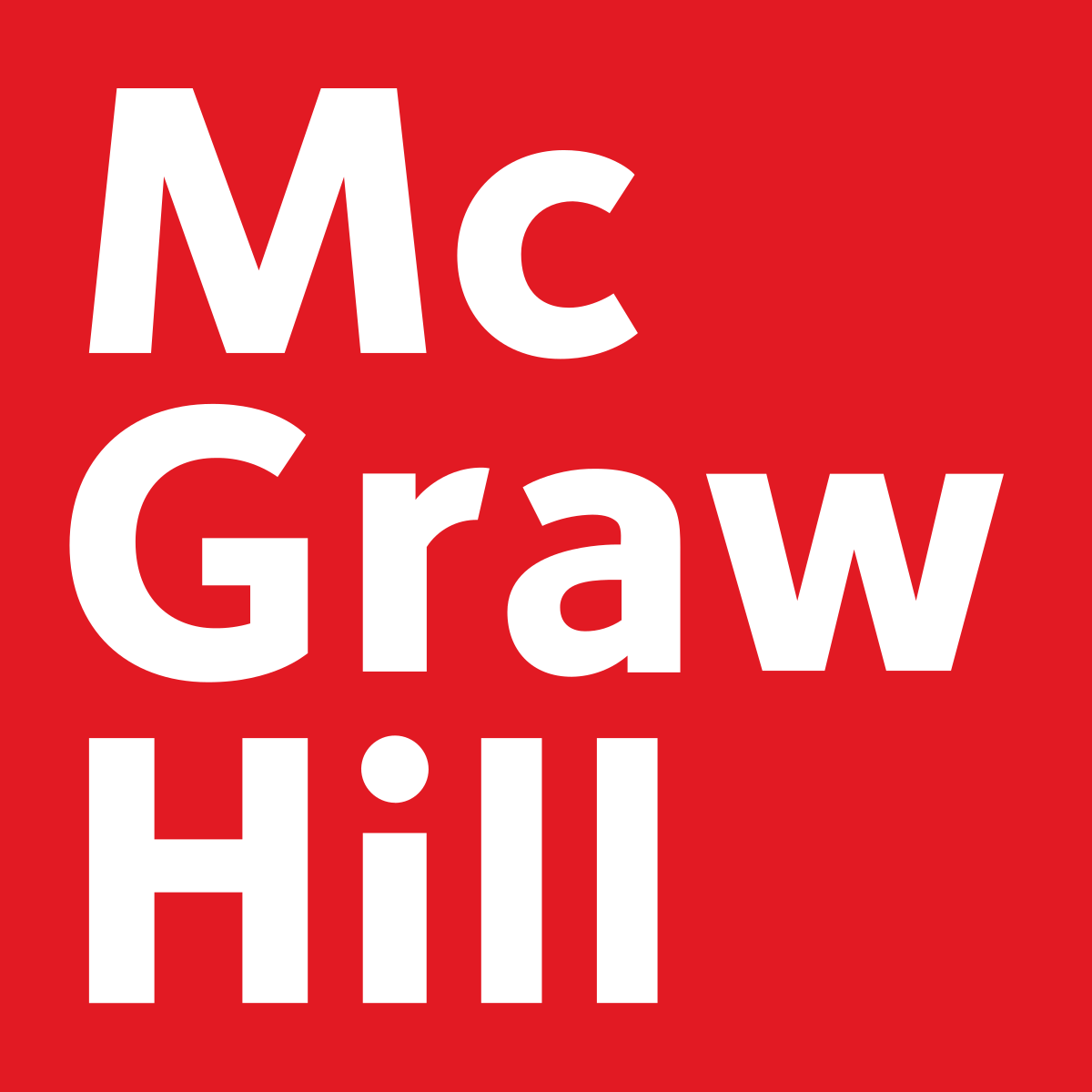Modern Spanish in the Chinese Context
Critical Analysis and Proposals For a More Effective Teaching of Spanish as a Foreign Language
DOI:
https://doi.org/10.62701/revedu.v13.5445Keywords:
Spanish as a foreign language, Spanish teaching methodology, Education in China, ELE textbooks, Pedagogical approachesAbstract
Learning Spanish as a foreign language (ELE) in China presents specific challenges due to cultural and structural differences between the languages. This study offers a critical analysis of Español Moderno, one of the most commonly used textbooks in Chinese universities, assessing its impact on language acquisition and student learning habits. The research highlights the dominance of traditional methods, such as repetition and translation, which reflect the Chinese educational model. A comparison is made with communicative approaches like those used in the AULA textbook, common in Spanish-speaking contexts. This contrast reveals both strengths and weaknesses of each methodology, especially concerning the development of key skills such as listening comprehension, written production, and oral interaction. The study aims to contribute to the improvement of didactic materials and encourage a more effective, context-sensitive approach to teaching Spanish in China, while maintaining international teaching standards.
Downloads
Global Statistics ℹ️
|
299
Views
|
119
Downloads
|
|
418
Total
|
|
References
Sánchez, H. G. (2009). Una imagen enseña más que mil palabras. ¿ver o mirar? Recuperado de https://www.redalyc.org/pdf/853/85312281014.pdf
Lin, Z., & Garrido, F. (2015). Análisis del Manual Chino de ELE: Español Moderno. Recuperado de https://www.academia.edu/20300180/_An%C3%A1lisis_del_manual_chino_de_ELE_Espa%C3%B1ol_Moderno_Lengcom_6_2_2015
Dong, Y. S. (2014). 现代西班牙语 (Español Moderno). 外语教学与研究出版社 (Editorial de investigación de la enseñanza de lengua extranjera).
Álvarez, M. P. N., Rodríguez, J. R. F., & Martínez, M. Á. Á. (2008). Fonética. Nivel elemental A2. Anaya.
Downloads
Published
How to Cite
Issue
Section
License
Copyright (c) 2025 Authors retain copyright and transfer to the journal the right of first publication and publishing rights

This work is licensed under a Creative Commons Attribution-NoDerivatives 4.0 International License.
Those authors who publish in this journal accept the following terms:
-
Authors retain copyright.
-
Authors transfer to the journal the right of first publication. The journal also owns the publishing rights.
-
All published contents are governed by an Attribution-NoDerivatives 4.0 International License.
Access the informative version and legal text of the license. By virtue of this, third parties are allowed to use what is published as long as they mention the authorship of the work and the first publication in this journal. If you transform the material, you may not distribute the modified work. -
Authors may make other independent and additional contractual arrangements for non-exclusive distribution of the version of the article published in this journal (e.g., inclusion in an institutional repository or publication in a book) as long as they clearly indicate that the work was first published in this journal.
- Authors are allowed and recommended to publish their work on the Internet (for example on institutional and personal websites), following the publication of, and referencing the journal, as this could lead to constructive exchanges and a more extensive and quick circulation of published works (see The Effect of Open Access).













